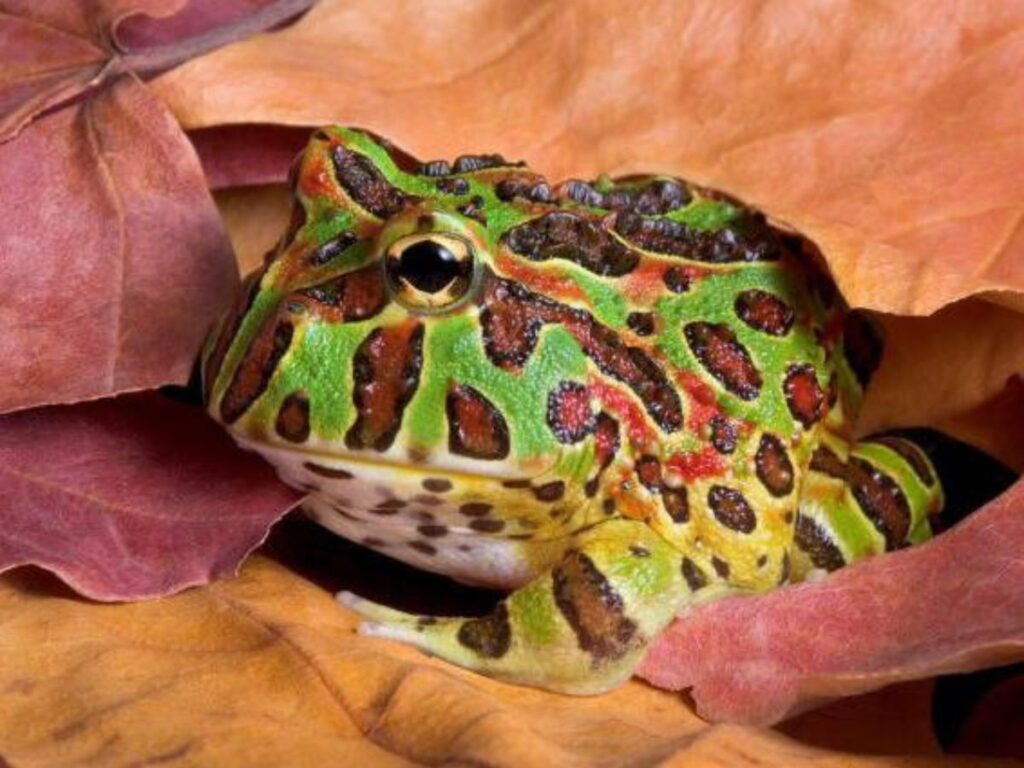🐸 How to Use a Thermostat in a Frog Enclosure
Keep Your Pacman Frog’s Habitat Safe and Stable
How to Use a Thermostat in a Frog Enclosure - At a Glance
A thermostat regulates heating devices in your frog’s enclosure, ensuring the temperature stays safe and consistent. To use it properly, connect your heat mat or ceramic heater to the thermostat, place the probe near the substrate, and set the desired temperature—usually 75–85°F for Pacman frogs.
Maintaining the right temperature in your Pacman frog’s enclosure is essential for digestion, activity, and overall health. But heaters can overheat a tank if not regulated. That’s why a thermostat is one of the most important tools in amphibian care.
In this guide, you’ll learn:
Why a thermostat is essential
The different types of thermostats
How to set one up in your frog tank
Where to place the probe
Common mistakes to avoid
Why Your Pacman Frog Needs a Thermostat
Unlike room heaters or lights, heat mats and ceramic heaters can keep warming until temperatures become dangerous. A thermostat prevents overheating and maintains ideal conditions day and night.
Without a Thermostat:
Temperatures may spike above 90°F
Your frog could suffer burns, stress, or even death
Inconsistent heat leads to poor digestion and inactivity
👉 Pacman Frog Temperature and Humidity Requirements
👉 Pacman Frog Care Guide: Everything You Need to Know
Types of Thermostats for Reptile and Amphibian Enclosures
| Type | Best Use | Key Features |
|---|---|---|
| On/Off (Mat Stat) | Heat mats or low-wattage heaters | Simple control, toggles power at set temp |
| Dimming | Ceramic heat emitters | Adjusts output for smoother control |
| Pulse Proportional | Radiant heat panels or advanced setups | Sends pulses to maintain temperature with precision |
For most Pacman frog keepers, an on/off thermostat works well with an under-tank heater (UTH).
How to Set Up a Thermostat Step-by-Step

Step 1: Install the Heat Source
Place your heat mat on the outside bottom (not inside!) of the enclosure, covering about 1/3 of the floor space.
This creates a warm zone and a cool zone—essential for thermoregulation.
Step 2: Plug Heater Into Thermostat
Plug your heater into the thermostat’s “HEATER” outlet (not directly into the wall). The thermostat will control its power.

Step 3: Place the Probe Correctly
Tape or bury the probe just above the substrate where your frog rests (usually mid-warm side).
| Placement | Why It Matters |
|---|---|
| On substrate | Monitors floor-level temps, where frogs burrow |
| Under substrate | May read too cold |
| In air | Doesn’t reflect floor temperature accurately |
Step 4: Set the Desired Temperature
For Pacman frogs, set the thermostat to:
75–80°F for general day temps
80–85°F for juveniles or digestion boost
70–75°F at night (optional)
Step 5: Test and Monitor
Use a separate digital thermometer to double-check the temperature at the warm and cool ends of the tank. Make adjustments as needed.
Common Thermostat Mistakes to Avoid
| Mistake | Why It’s a Problem |
|---|---|
| Placing probe far from heater | May cause overheating in the warm zone |
| Setting temperature too high | Can dehydrate or cook your frog |
| Not using a thermostat at all | Major risk—can lead to fatal overheating |
| Using light-based heaters at night | Pacman frogs are nocturnal—avoid bright lights |
FAQ: Using Thermostats in Frog Enclosures
Q: Can I use the thermostat’s display as my only thermometer?
A: No. Always use a separate thermometer to confirm floor temps.
Q: Where should I put the thermostat unit itself?
A: Outside the enclosure, near the tank for easy access and safe wiring.
Q: Do I need a thermostat with a heat mat under 10 watts?
A: Yes! Even small heat mats can overheat without a thermostat.
